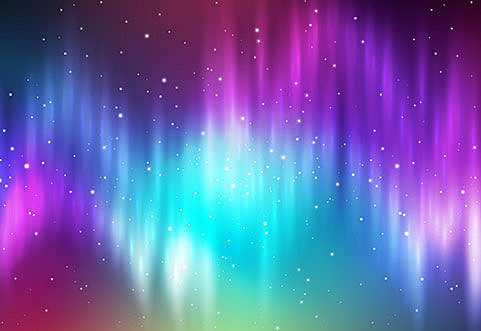
Northern Lights bottled by Nasa
Friday 23 August 2013Nasa scientists have produced a bottled version of the Northern Lights after recreating the conditions that cause the light show in a laboratory.
The colourful haze of Aurora Borealis, and similar displays from other planets, were generated inside a glass dome known as a Planeterrella at the Langley Research Center in Hampton, Virginia.
Inside the dome are a sphere, and charged particles which glow brilliantly when exposed to a magnetic field – a similar process to the natural phenomenon which causes the Northern Lights above Earth. The device is based on a 19th century experiment called the Terrella, which revealed for the first time how electrically charged particles ejected by the sun glow when mixing with atoms in our atmosphere under the influence of the Earth's magnetic field.
Dr Guillaume Gronoff, who created the device, explained: "It recreates the atmosphere of the Earth at 80km in altitude when an aurora is occurring. The aurora is created when particles, originally from the sun, precipitate into the atmosphere."
In the Nasa version, the charged nitrogen particles inside the dome glow purple, but Earth's Northern Lights are usually green because of the oxygen in the atmosphere.
Researchers were able to improve the 19th century Terrella by adding more spheres, allowing them to recreate the sharp oval auroras which occur on other planets.
“The Planeterrella allows us to create analogies with existing processes, like the aurora at Mars, which do not have a global magnetic field, but several localised magnetic fields," Dr Gronoff said. "We can show the reaction when Io, the satellite of Jupiter, sends particles to Jupiter. We can also simulate the aurora at Neptune and Uranus, when their magnetic fields are directly pointing towards the sun."
Nasa's Planeterrella is one of the first to be made in the US, although about 10 exist in Europe.
Although the device is a useful tool for explaining the interaction between the key factors which cause an aurora, Dr Gronoff hopes to improve it by including more variables such as gases which produce different colour effects.
For example, using extra magnets and carbon dioxide could produce a more accurate version of the aurora on Mars, he said.
Sources:
- The Telegraph:
Northern Lights.
Comments
Post a comment…
A Serious Blog
News and views from around the world on lighting, eyecare and eye conditions.
Twitter: @seriousreaders
Facebook:facebook.com/seriousreaders
Recent posts
- Parkinson's Light Therapy: Exploring Hope on World Parkinson's Day
- From gas lamps to LEDs: Understanding vehicle headlights and the glare debate
- Cracking the code: Genetic research reveals key answers for childhood glaucoma
- A clearer look at eye health and healthy habits to help protect your vision
- Will the clocks stop changing? The future of daylight saving time in the UK

Share your email address and we will keep you up to date as we learn more about light and offer you the best deals.